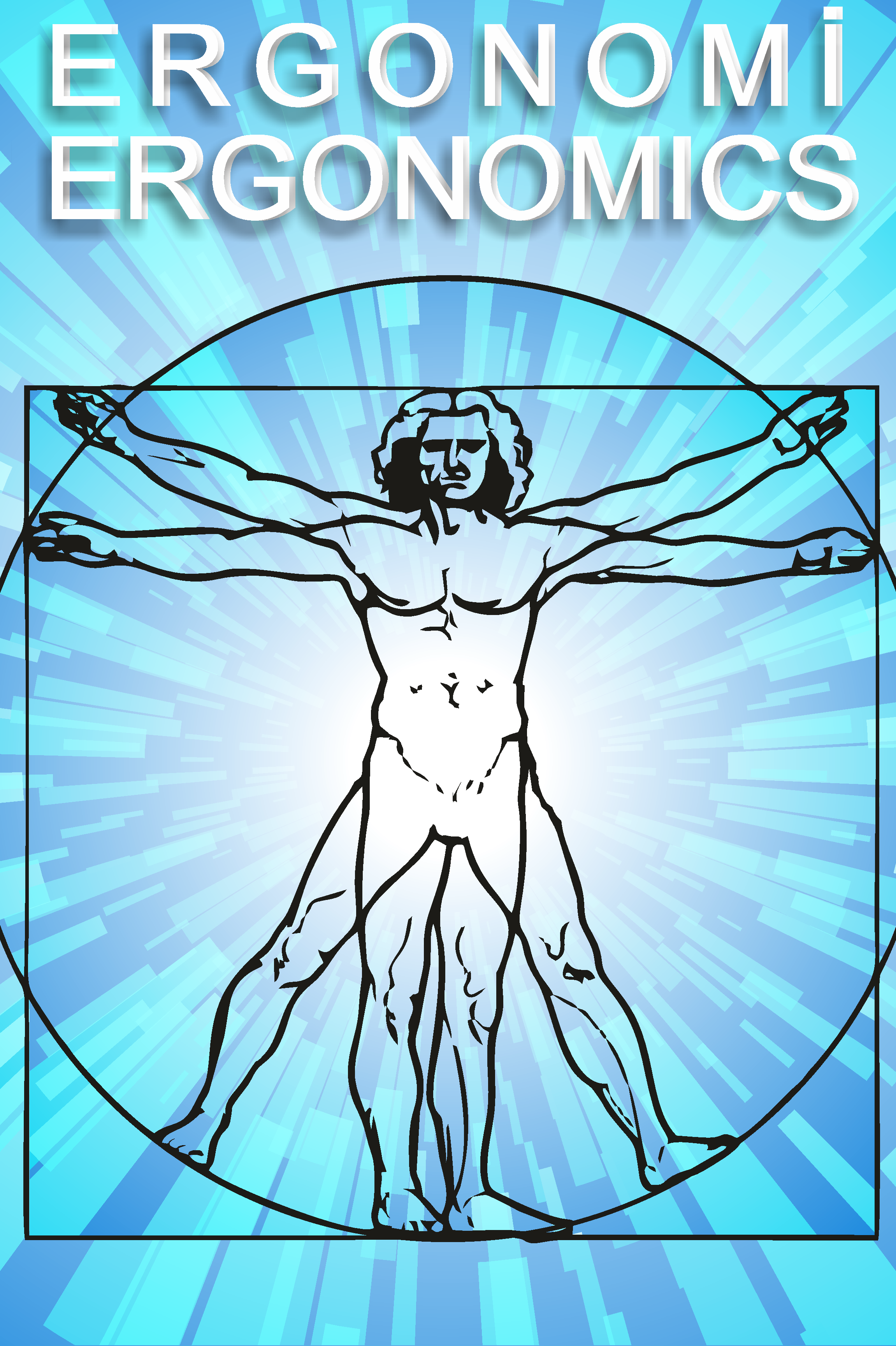
Ergonomi
Yazarlar: Aslı AKYILDIZ HATIRNAZ
Konular:Ergonomi
DOI:10.33439/ergonomi.544559
Anahtar Kelimeler:Anthropometry,Ergonomics in design,Universal design,Place design
Özet: The ergonomics decisions are very important in terms of the efficient use of the space and for the fulfillment of the needs while the space as an architectural product is shaped to respond to the physical needs of the human. Anthropometry, a database for ergonomics which analyze body properties such as human body sizes, movements and limits of the movements, forms the basic data in designing the built environment. Anthropometric measures indicate alteration depending on many factors such as gender, age, racial differences, physical changes, disability. However, the criteria determined in designing the built environment should be able to provide equal access opportunities for all users. In this context, the concept of “universal design” is based on the principle that the built environment, services and products can be reached and used without considering age, status and power. This point of view depends on the research idea of how all people can benefit from identical conditions, or if it's not possible how people can .benefit from paired and similar conditions Within the context of the study, different physical thresholds such as age, gender and disability were discussed and how equal, free, safe and comfortable spaces for all users can be shaped are considered within the framework of the universal design concept.